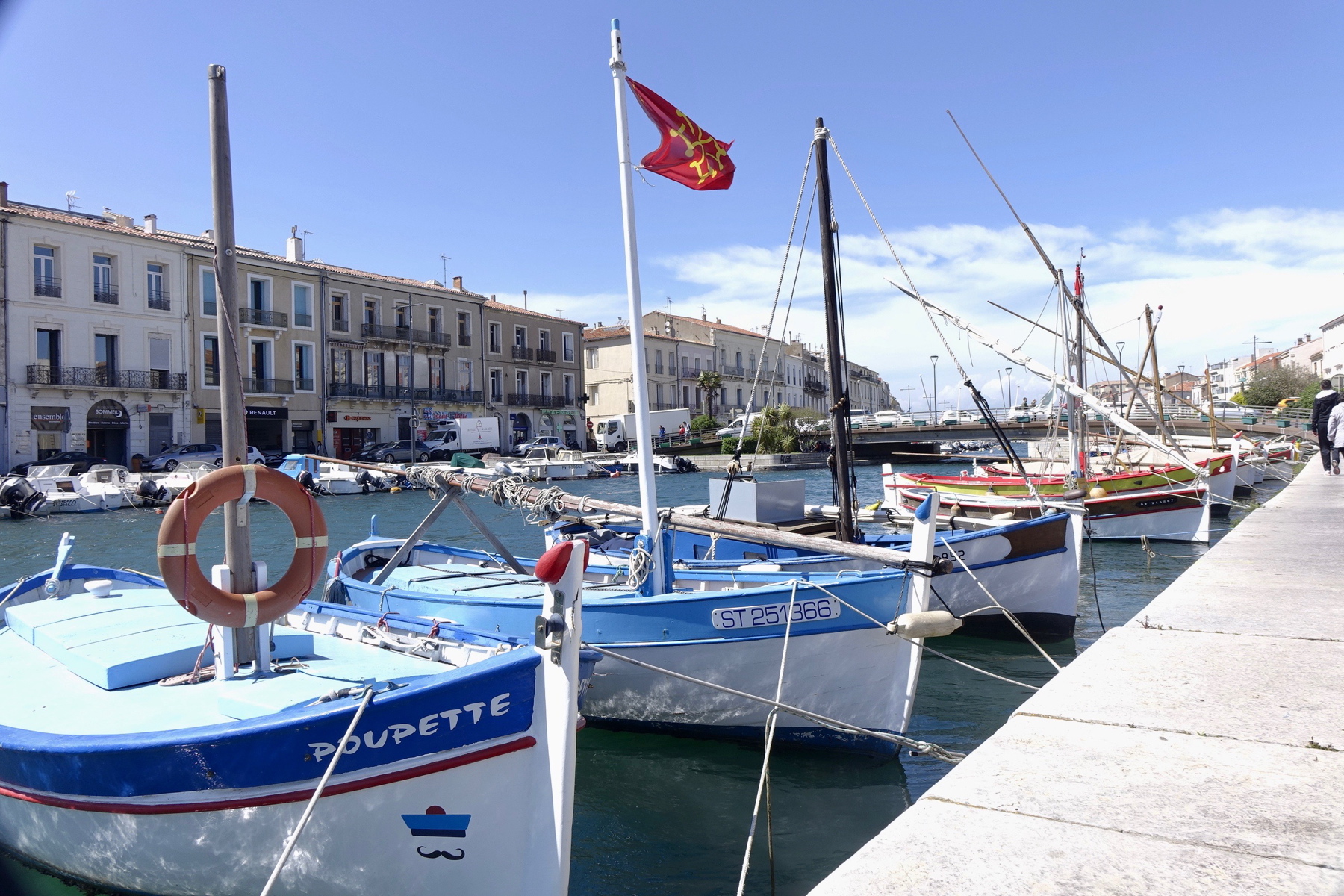“Fall seven times and stand up eight.” I live by the Japanese Proverb. I have hit the deck more than once – undercut on a rebound, flipped off a bike, smashed in a car accident. I have fought back from broken bones, shattered dreams, dashed hopes. I cried an ocean of tears over lost abilities. I have tried one remedy after another to combat chronic illness. Pain is my sidekick. Do I ever want to give up? Yep. Everyday.
What keeps me going?[cincopa AkNARcKJDACp]
People. First off, my forefathers, from my grandfather who left the fjords, learned a new language, new trade and made a new life in the Windy City never returning to his beloved Norway. To my Scottish-American paternal grandpa who still coached college football in his 90s. To my dad, who within the span of four months endured 3 surgeries, 2 heart interventions and one hip reconstruction, without losing his sense of humor, concern for others, or fighting spirit. And especially to my mom who unwraps each day as a precious gift.
To my friends from third grade, to highschool, to college and beyond, scattered across continents and countries, including cyberspace buddies – readers, writers, bloggers – some who I’ve never met, but whose words keep me chuckling and chugging forward.
To my family, from my old sibs who understand my past to young nieces, nephews, son and daughter who connect me to the future by teaching me to text message, Twitter and Facebook.
To my hubby who has endured thirty some years of my lolly gagging, bellyaching, foot stomping, tongue lashing, story telling.
To the teammates and athletes I played beside or coached during four decades court-side. To my students, who zap energy but bring laughs with their antics. “But Mrs. M, I didn’t copy a word. I used Wikipedia.”
If you look behind my dark glasses, other than tired eyes and worry lines, you would never know what my body has endured. After three years on antibiotics living in darkness, doctors insist that I stop the meds and see if the treatment works. I feel worse than when I started. Reeling from the cost in time, money and energy, I am filled with discouragement. It’s definitely another knock down day. I want to pull the comforter over my head and check out of January. Cold days. Long nights. Holidays over and done. No hope to run, no sign of sun. No fun. Bottom line. I am still here kicking, with the ol’ ticker ticking.[cincopa AoIADfqVDEzo]
Every time I am knocked to my knees AGAIN. I pray for Strength. Courage. Faith. Hope. Then I whisper worries to the wind and shout thanks to skies. I know without doubt,
“My peeps, got my back!”
Bring it on, LIFE!
Fall down nine, stand up ten!
Want to listen to the song ? Click on the following link: Somewhere Over the Rainbow







